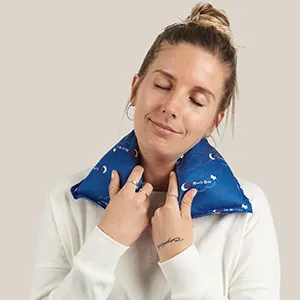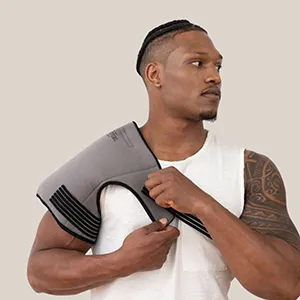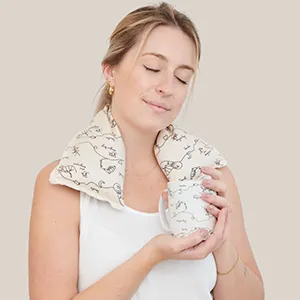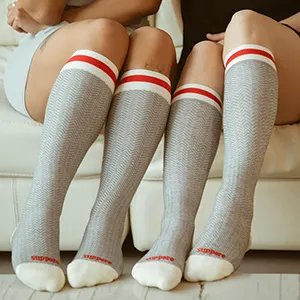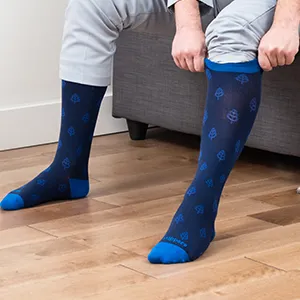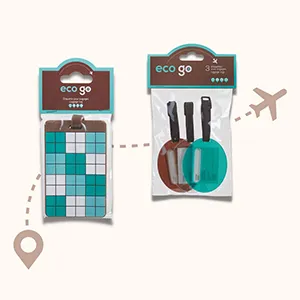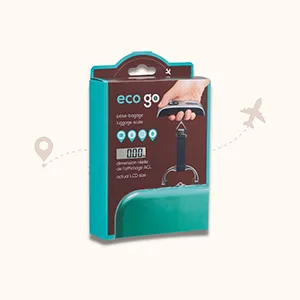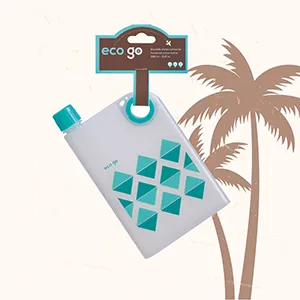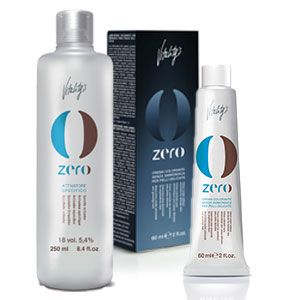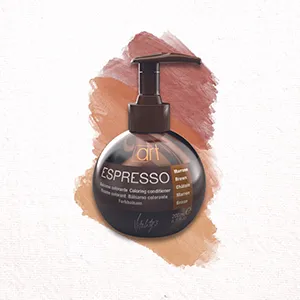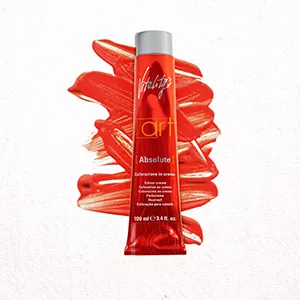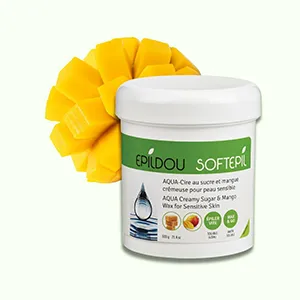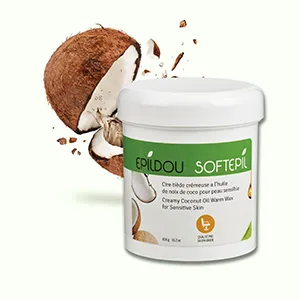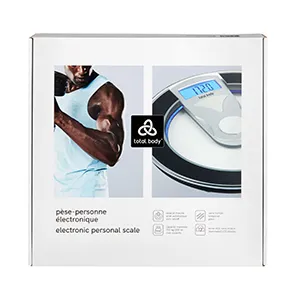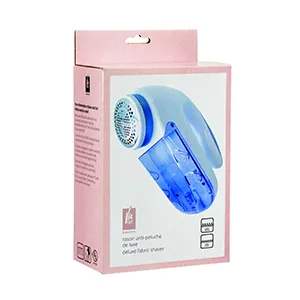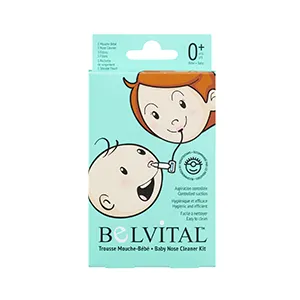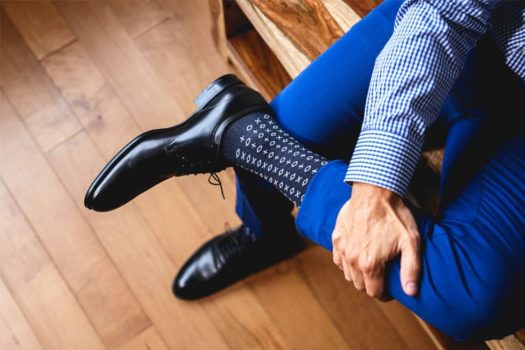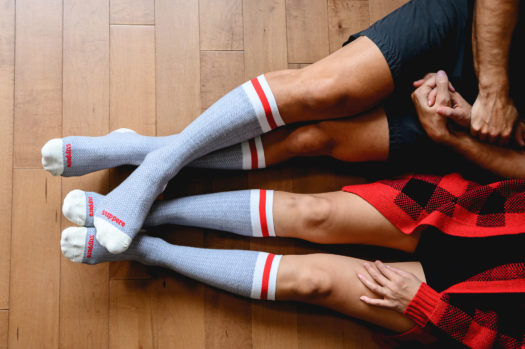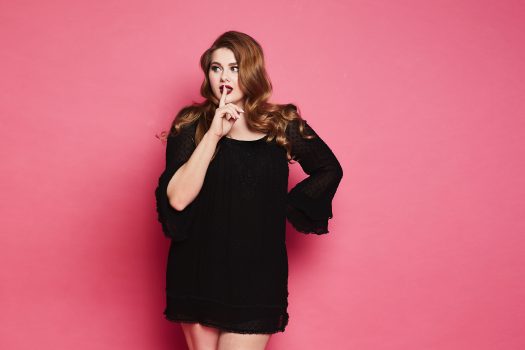December 7, 2020 How does the Winter affect your Varicose Veins? Pros and Cons
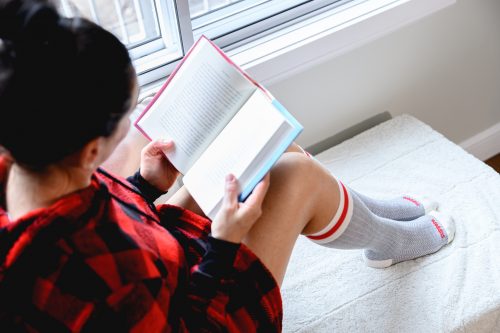
How does the winter time affect your varicose veins? The colder months can be a challenging time for those who suffer with vein problems, but it’s not all bad. Let’s get into the ways the cold weather have an effect on our veins, for better or for worse! We’ll also sprinkle in some tips to make the best of the cooler months and reduce the often uncomfortable effects of varicose veins.
Cons
Let’s start with the cons. These factors tend to negatively influence how bad our varicose veins can get in the winter.
Less Physical Activity
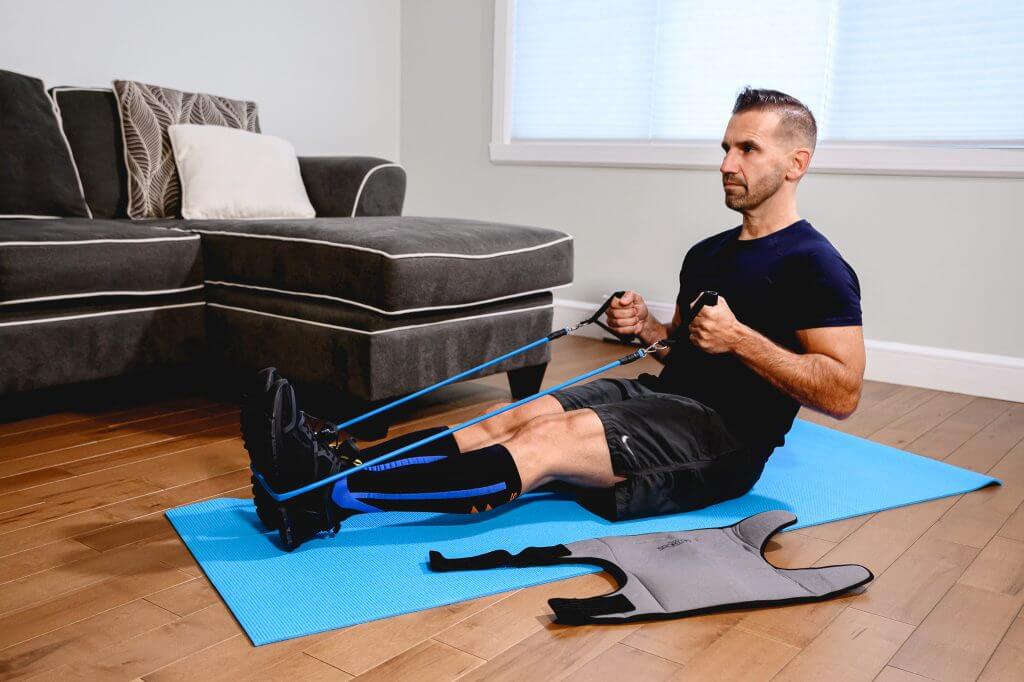
For starters, as the weather gets colder, many of us tend to do less physical activity than in the summer months. There’s a tendency to want to stay indoors and relax – our lifestyle can become quite sedentary. And, with many of us working remotely from home due to the COVID-19 pandemic, we’re even less likely to be on the go. Due to this lack of movement, blood can begin to pool in our legs, exasperating the symptoms of your varicose veins.
Tip: Try to be extra mindful to schedule movement into your day during the winter. Even if it’s just a quick 15-minute workout video, regular walks around the block, or an impromptu dance party, even a little bit of movement can work wonders for improving our circulation!
Potential Weight Gain

The combo of minimal exercise, plus the indulgence of the holidays, can lead to weight gain for many of us. With all of the cookies, Christmas treats, and warming comfort foods, who can blame us? But when we gain weight, it means there’s increased pressure on our veins to pump blood back to your heart.
Tip: Stay at a healthy weight by eating healthy, nutrient-dense foods. Try to swap out packaged snacks for healthier versions, like these homemade gingerbread cookies made with applesauce and almond butter.
Pros
Now that we’ve got the bad news out of the way, let’s move on to the good! There are actually a couple of positives to remember when dealing with varicose veins in the winter.
Lower Temperatures Make it Easy For Blood to Circulate
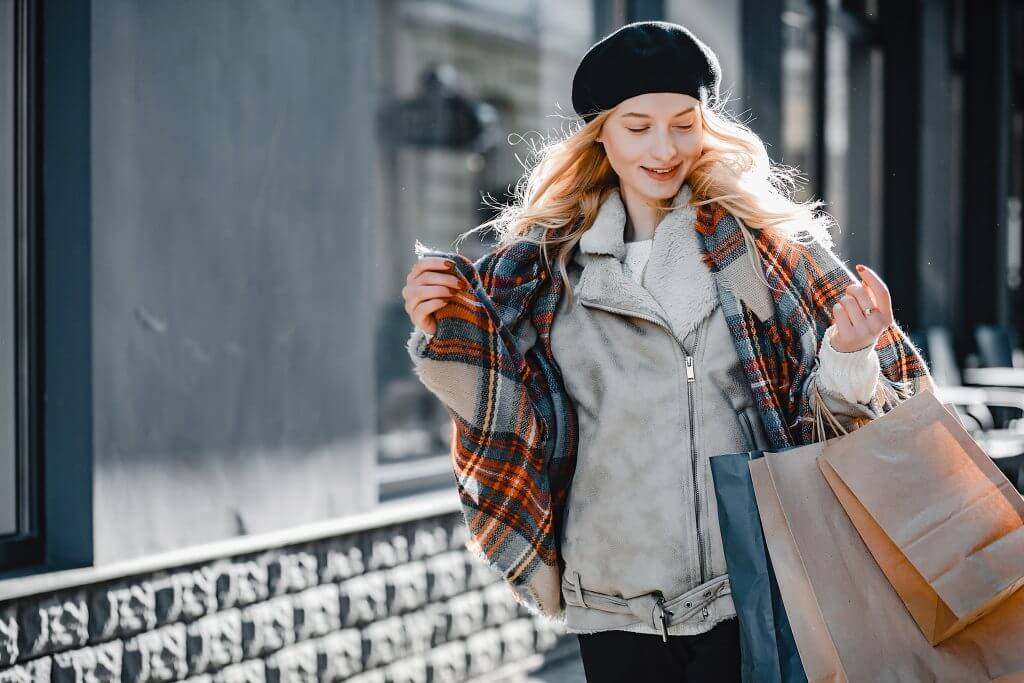
Colder temperatures actually make your veins constrict (compared to the summer time, where they expand!) allowing the veins in your body to pump blood more efficiently. Because blood doesn’t sit and pool in your ankles and calves, you’ll notice less swelling and cramping in your legs! Better circulation and better blood flow will help decrease the pain and pressure you normally experience.
Tip: To experience this benefit, make sure that you’re actually getting time outside! Schedule in regular walks, runs and outings to get into the fresh air.
Easier To Wear Compression Socks
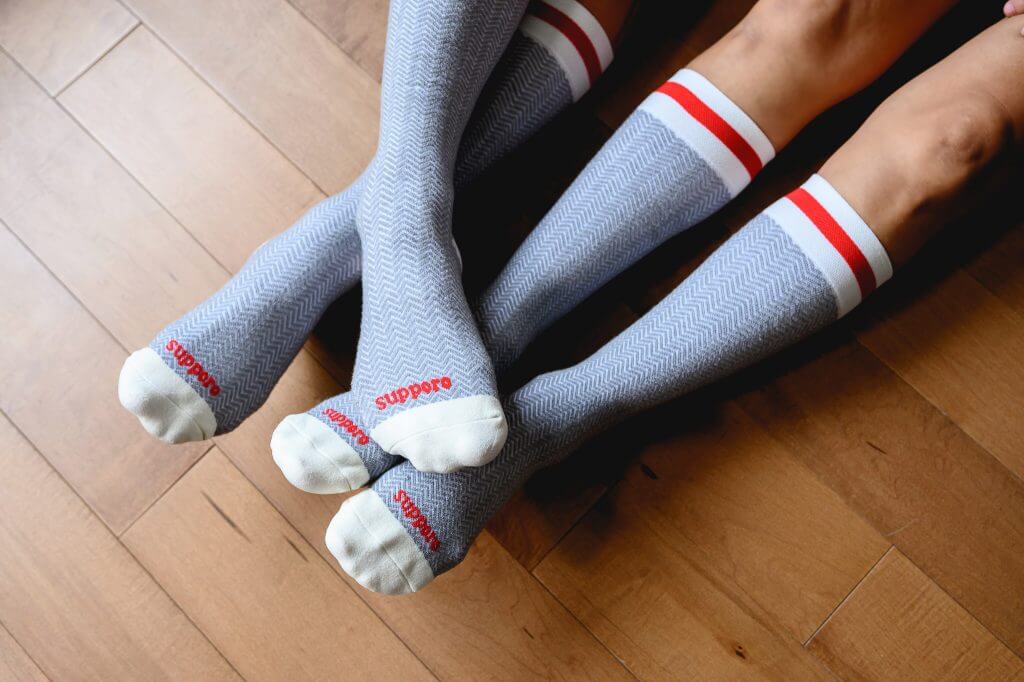
Another bonus? Winter is the perfect time to wear compression socks! Because they add an extra layer underneath your pants, some people find them too hot to wear in the summer, and because of that, don’t wear them as much as they should.
In the winter however, you’ll appreciate the added layer. It’ll keep you warm and cozy WHILE improving your circulation. Win-win, right?
That being said, whether it’s warm or cool out, it is possible to find compression socks with that let you breathe. Our Supporo Merino Wool Compression socks for example, offer insulation AND breathability, making them a perfect choice for warm or cool weather.
Is Winter the Best Time for Varicose Vein Treatments?

If you’ve been considering getting treatment for your varicose veins, winter might just be the perfect time to do it.
Why?
- Well, to start, varicose veins tend to flare up in the winter (due to inactivity), so they are easier to see, making them easier to treat. Your doctor will easily be able to identify the problem areas.
- Secondly, while the summertime can be an annoying time to get treated as you may feel you’ll have to avoid skirts and shorts, in the wintertime your legs will always be covered. Meaning there’s no need to compromise your wardrobe choices!
- And lastly, if you get treated in the wintertime you’ll have lots of time to recover before the spring/summer for when your legs will be seen! Certain treatments such as sclerotherapy for varicose veins can cause bruising and discoloration. If you get treated in the winter, you’ll be sure these symptoms will be all healed before the warmer months.
While there are certain positives the winter lends to those suffering from varicose veins, the lack of activity is the largest factor that tends to contribute to their worsening in the winter.
By keeping active and engaging in mindful self-care (think leg massages, lots of stretching and yoga, and wearing compression socks) you can help mitigate the symptoms of varicose veins and keep your legs happy and healthy.
